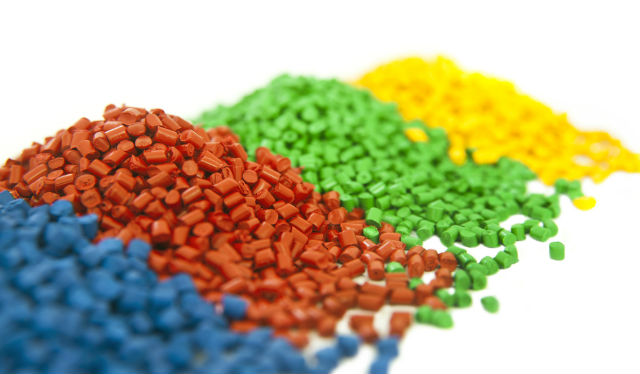The most common material of plastic enclosure is ABS plastic. But you may wondering What’s ABS plastic?
ABS is the acronym of acrylonitrile butadiene styrene. Acrylonitrile butadiene styrene copolymer. It is a thermoplastic polymer structural material with high strength, good toughness and easy processing. Also known as ABS resin. The appearance is opaque Ivory granular material.

Acrylonitrile: is propylene and ammonia-derived synthetic monomer that helps the substance weight and heat resistance of ABS material.
Butadiene: is just a by-product of the ethylene manufacturing process of steam crackers and is accountable for exactly how ABS polymer gains hardness and energy.
Styrene: is made of ethylbenzene after it has dehydrogenated. It gives ABS its synthetic rigidity and processability to create various forms.
Advantages of ABS materials:
Impact Resistance
Structural Strength and Stiffness
Chemical Resistance
Excellent High and Low Temperature Performance
Great Electrical Insulation Properties
Easy to Paint and Glue
Why then is ABS material popular in electrical enclosure ?
Processes like machining, polishing, sanding, filing, drilling, painting, gluing, and so on are possible with the materials and possess a good finish after these processes.
ABS has a wide range of prototyping applications, particularly for aesthetic prototypes and end-use parts.
ABS properties such as strength, flexibility, impact resistance and wear resistance make it suitable for machining products in rapid prototyping.
Common ABS material grades:
ABS Extrusion Grade
Flame-Retardant Grade
Injection Molding Grade
ABS plastic is one of the most cost-effective materials available today. It’s substantially less expensive than other popular manufacturing plastics like polycarbonate, which makes it ideal for large runs of consumer electronics and other projects that need to keep a close eye on material costs.
If you want to know more about ABS plastic. Feel free to contact us. We glad to answer your questions.
 Choose the Best Enclosure for Your Electronic devices
Choose the Best Enclosure for Your Electronic devices
 FAQs About Customized Enclosures
FAQs About Customized Enclosures
 How to Choose the Right IOT Enclosures?
How to Choose the Right IOT Enclosures?
 How to Choose the Best Outdoor Telecommunications Enclosure
How to Choose the Best Outdoor Telecommunications Enclosure